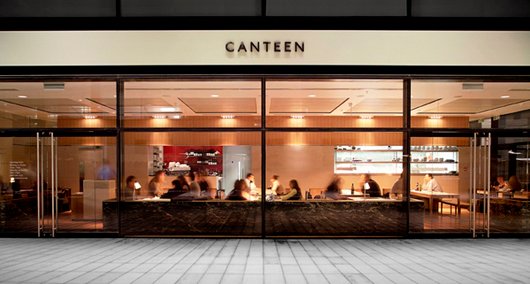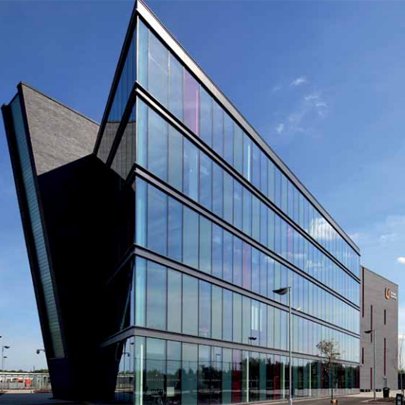What are the storefront frameworks and curtain walling systems?
Picking between storefront development and curtain wall development was a lot less demanding for architects years ago. Curtain wall glazing frameworks were utilized for tall structures with numerous stories, whereas storefront frameworks were utilized for little structures, by and large with a couple of stories, engaged in retailing, as the name infers. Moreover, curtain walling systems are thicker as compared to storefront systems.
Storefront Design
Storefront systems normally allowed to the front of a retail location, which regularly has huge presentation windows. The system can be an assortment of materials, including wood, steel, and aluminum, with some spread of glass to effortlessly grandstand stock. Numerous shopping center, retail storefronts is utilized the transparent glass.
Curtain Wall
These are utilized broadly in business elevated structure development, curtain walls by and large range numerous floors and don't convey rooftop or floor loads. These are joined to the building structure in a way that exchanges gravity and air burdens to the building's structure, regularly at the floor line. These thin walls are shaped by a structure, typically aluminum. The spaces between the edge are loaded up with glass, thin stone or metal boards. Additionally, curtain walling in London might be intended for a building plan with uncommon requirements.


Storefront frameworks and curtain walling systems both play crucial roles in modern architecture. Storefronts are typically used in retail spaces, offering large display windows to attract customers, while curtain walls provide a sleek, structural façade for high-rise buildings. If you're looking for shop fronts, we specialize in high-quality installations, offering tailored designs for commercial spaces. Our expertise ensures durability, aesthetic appeal, and a seamless fit for any business setting.